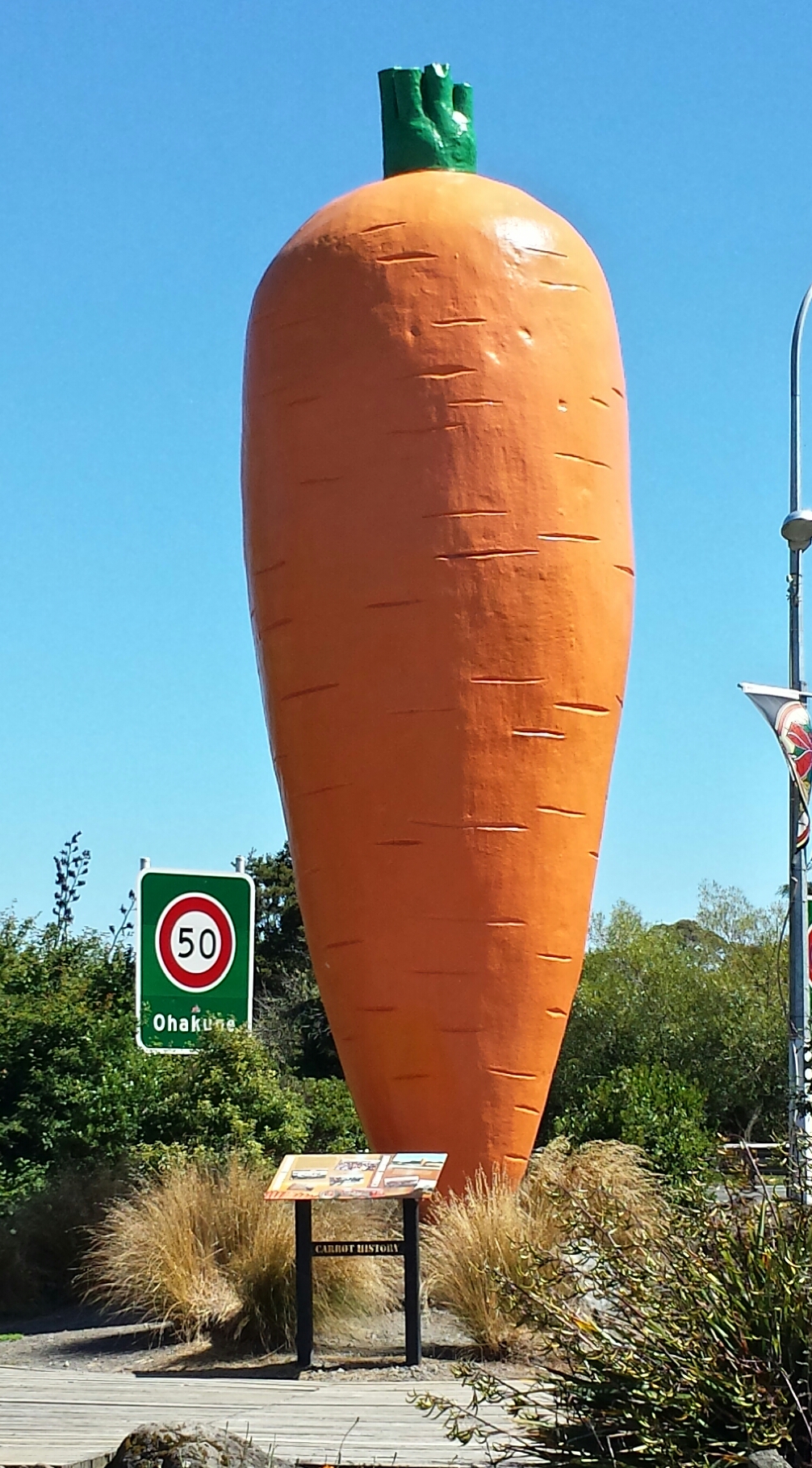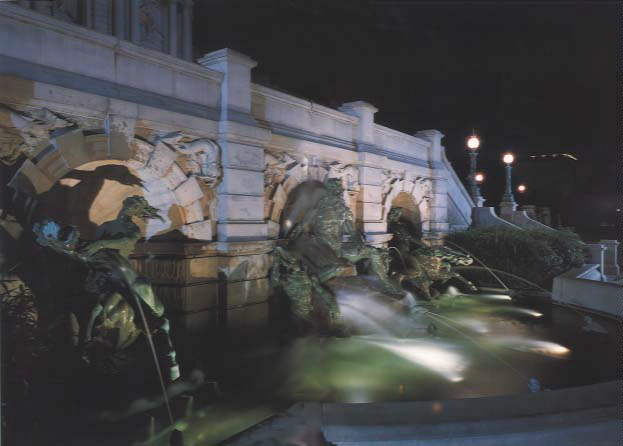
Building a better world – with carrots. That crunchy veggie could be used to strengthen concrete, improving construction techniques, and the environment. Blending carrots into building products makes those materials as much as 80% stronger, according to Mohamed Saafi, Professor and Chair in Structural Integrity and Materials at Lancaster University. Not only stronger, carrot-fortified concrete also develops fewer cracks – the carrots seem to act like superglue – so less cement is required, resulting in a lower carbon output. Could it make a difference in our world? Yes. Cement is the source of 7% of global carbon dioxide emissions.

Ancient Rome built superior roads and bridges by using materials strengthened by a mix-in of volcanic ash. The Great Wall of China was initially built by compacting reeds and mud, a combination that proved stronger and easily scalable, since the materials were available onsite, important when building a 13,000 mile wall. Bridges on the Grand Canal are another example. Mix-ins have long strengthened building materials.
Meanwhile, the next time you munch on a carrot, consider what Christian Kemp-Griffin, CEO of CelluComp, explained: “Those fibers have strength characteristics in them. It’s the building blocks of the strength of a vegetable.” Because carrots contain so much water, only a very small amount of cellulose of a carrot will alter the property of cement, because water changes as cement hardens. Kemp-Griffin continued: “It’s not the physical fiber that’s causing the strength. It’s the way it holds water. There’s a chemical reaction happening between the fibers and the cement.”

Finally, it’s free, or almost free. CelluComp uses industrial leftovers: carrot peels from those machines that give you pre-cut carrots. Beets are next; there’s a lot of beet pulp after sugar production; 20% of the world’s sugar is made from beets. Brazil leads in sugar production (mainly cane sugar, the other 80%); but building markets may take note of Russia, France, USA, Germany, and Turkey, largest producers of sugar beets. Or, building big with carrots may happen in New Zealand, home to Ohakune, and the big carrot pictured above.
CelluComp. “We develop micro fibrillated cellulose based on waste streams of root vegetables.” https://www.cellucomp.com/
CommodityBasis. “Sugar Prices and Producers.” https://www.commoditybasis.com/sugar_prices.
Drury, Jim. “Carrots could be key to making greener buildings, say researchers.” 19 October 2018. Reuters. (Includes video.)https://www.reuters.com/article/us-environment-concrete-carrot/carrots-could-be-key-to-making-greener-buildings-say-researchers-idUSKCN1MT1VA.
Economist. “Making buildings, cars, and planes from materials based on plant fibres.” 14 June 2018. https://www.economist.com/science-and-technology/2018/06/14/making-buildings-cars-and-planes-from-materials-based-on-plant-fibres/
Saadi, Mohamed. Research Portal. http://www.research.lancs.ac.uk/portal/en/people/mohamed-saafi(355a81a6-210e-4f37-a495-a387b16506c1.html.
Statista. “Leading sugar beet producers worldwide in 2016, based on production volume.” https://www.statista.com/statistics/264670/top-sugar-beet-producers-worldwide-by-volume/.
Building the World Blog by Kathleen Lusk Brooke and Zoe G Quinn is licensed under a Creative Commons Attribution-NonCommercial-NoDerivs 3.0 Unported Licen




